Oh Beulah, you always have a hunch. When I read to younger elementary school audiences I love books like Beulah has a Hunch! Inside the Colorful Mind of Master Inventor Beulah Louise Henry, and so do those young audiences. It’s a real story and is one of the first instances of a non-fiction illustrated book that pre-k and early elementary will experience, and we do love some non-fiction. However, non-fiction is only as good as its enjoyment to those elementary ages. This is where the illustrations; combined with the zippy vibe of the book make Beulah has a Hunch! a fun time that won’t tax their time and just might inspire their imagination.
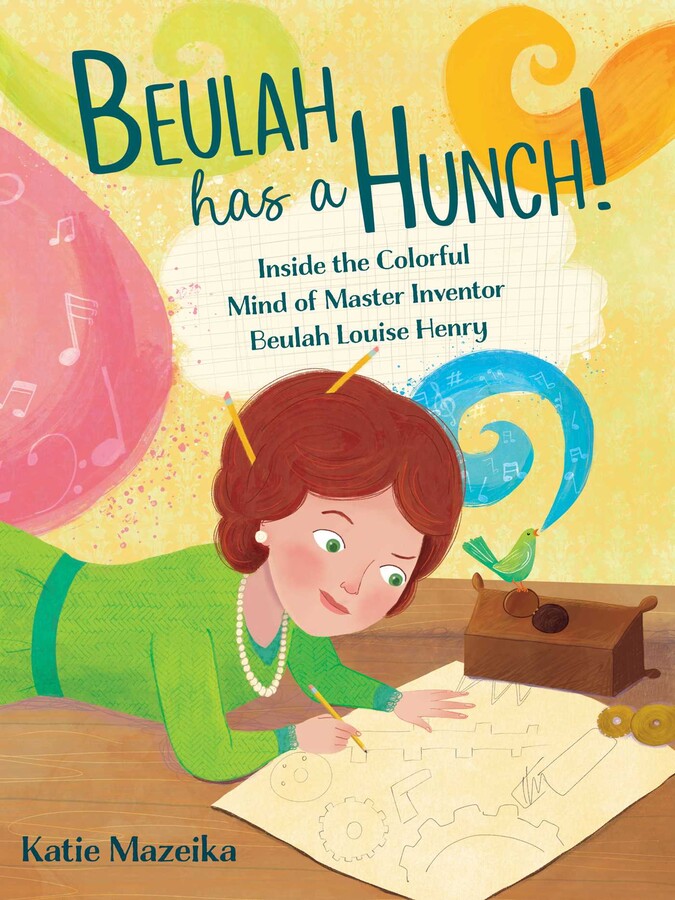
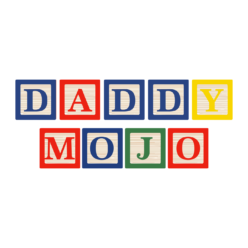
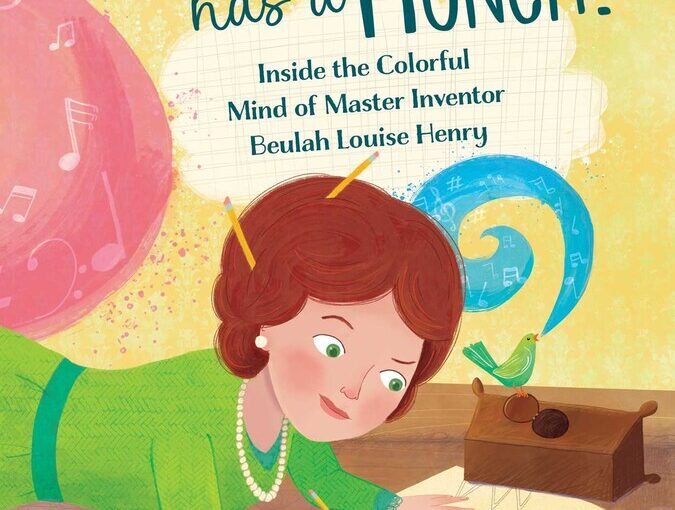

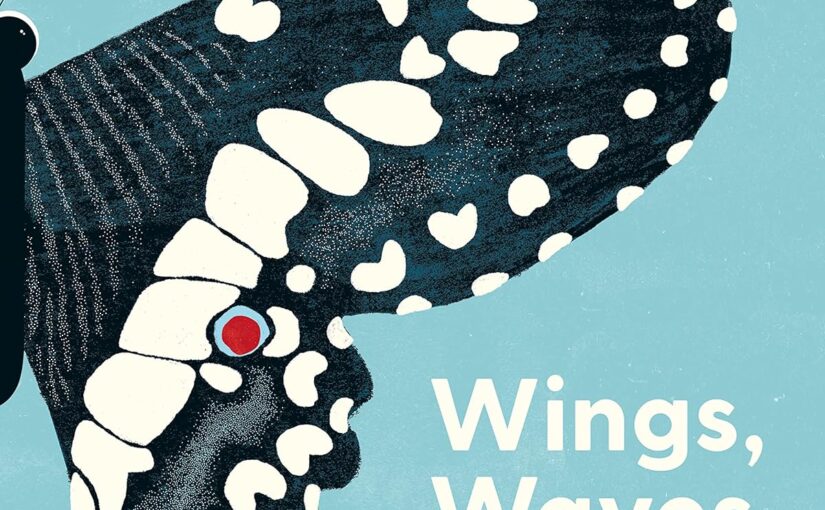
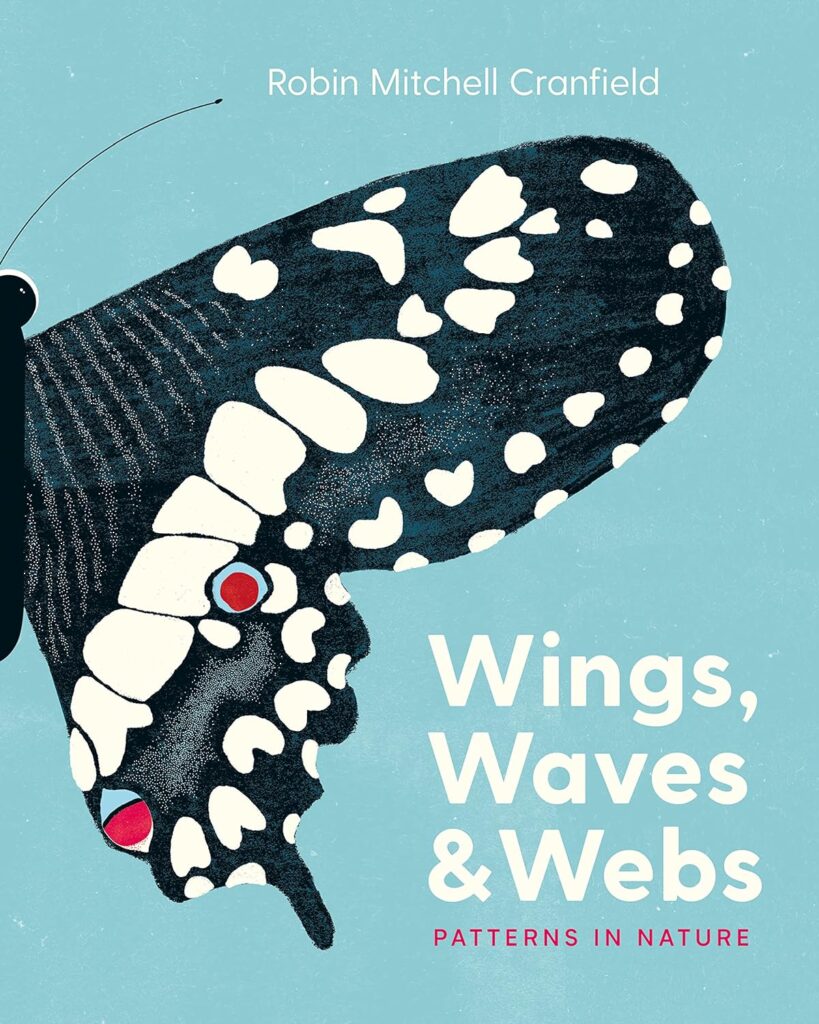
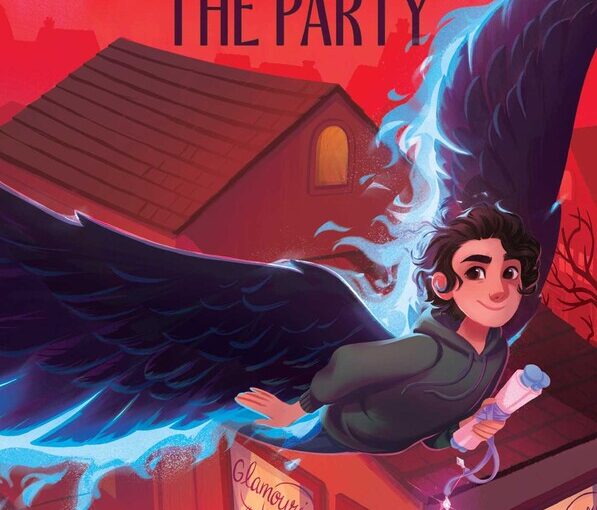
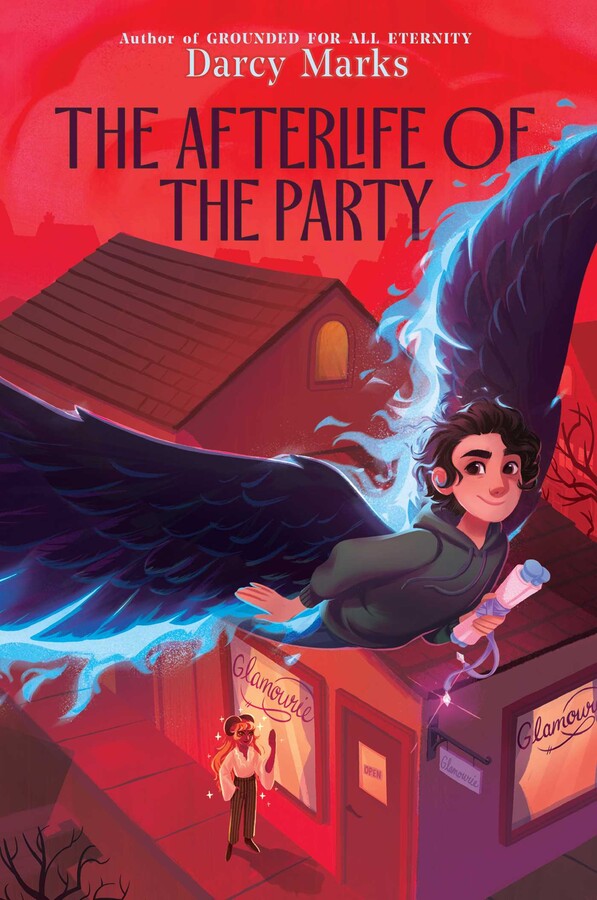
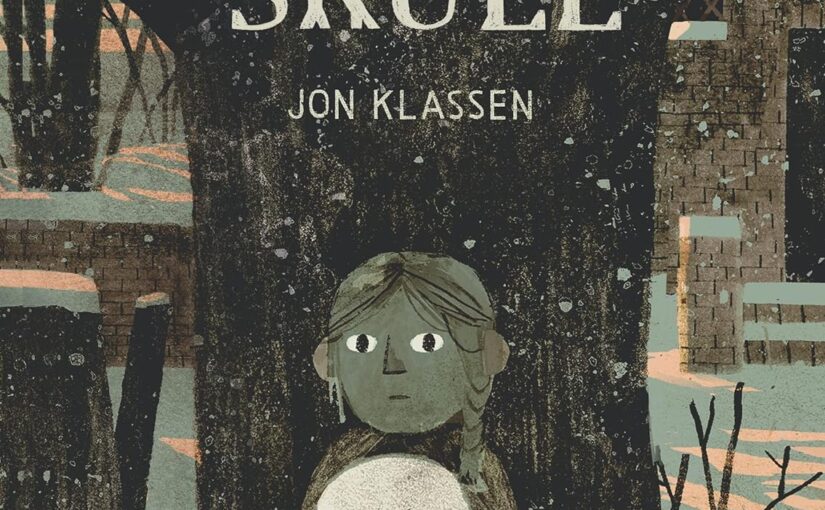
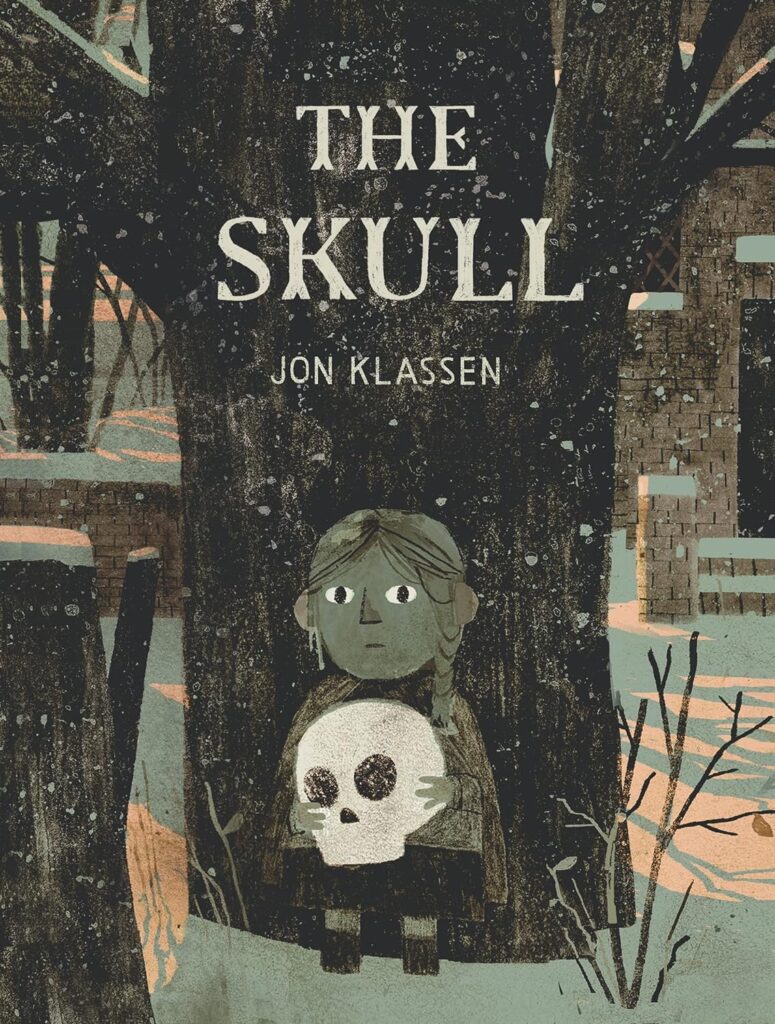
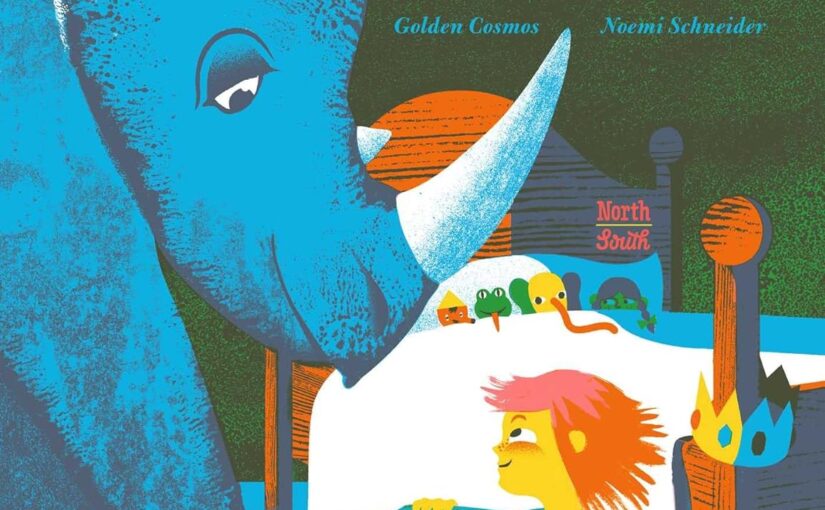
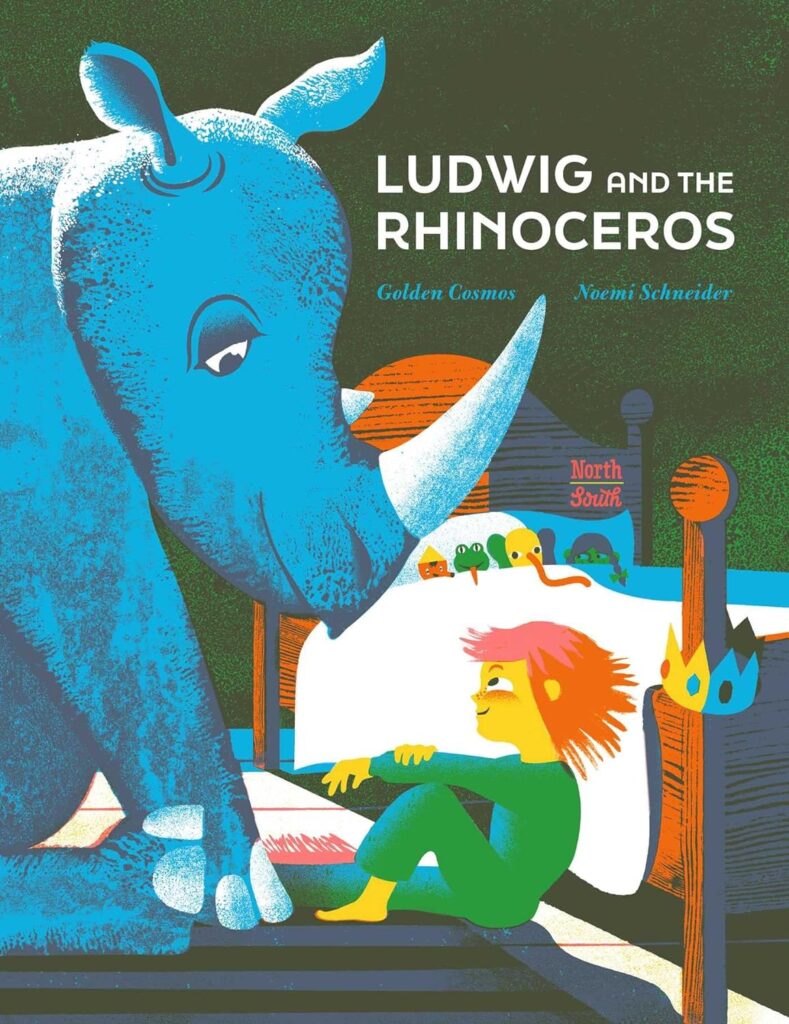
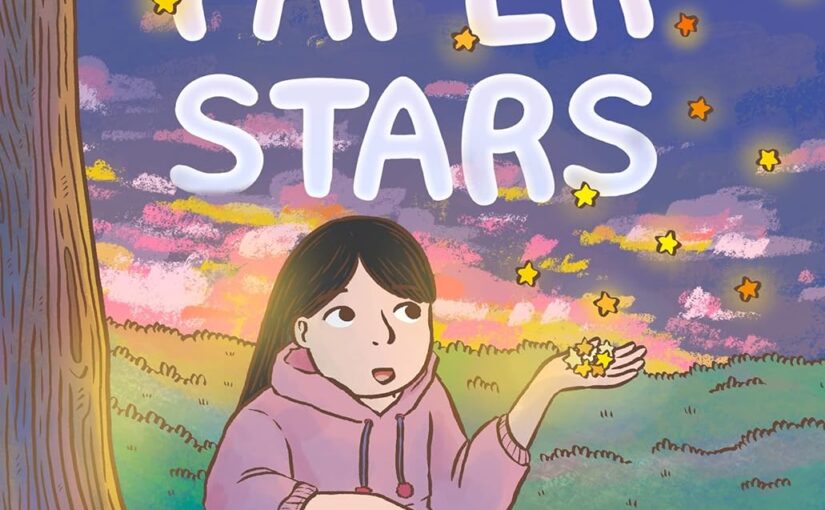
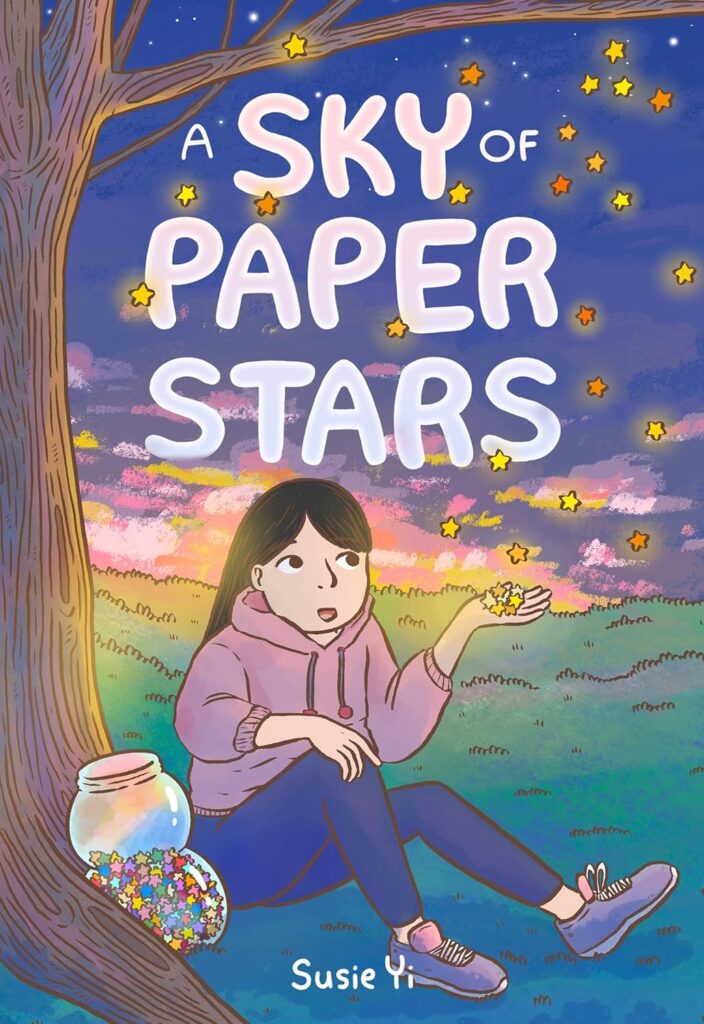
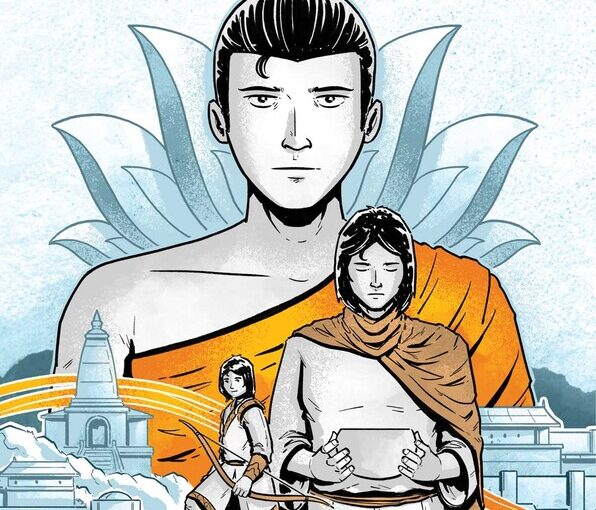
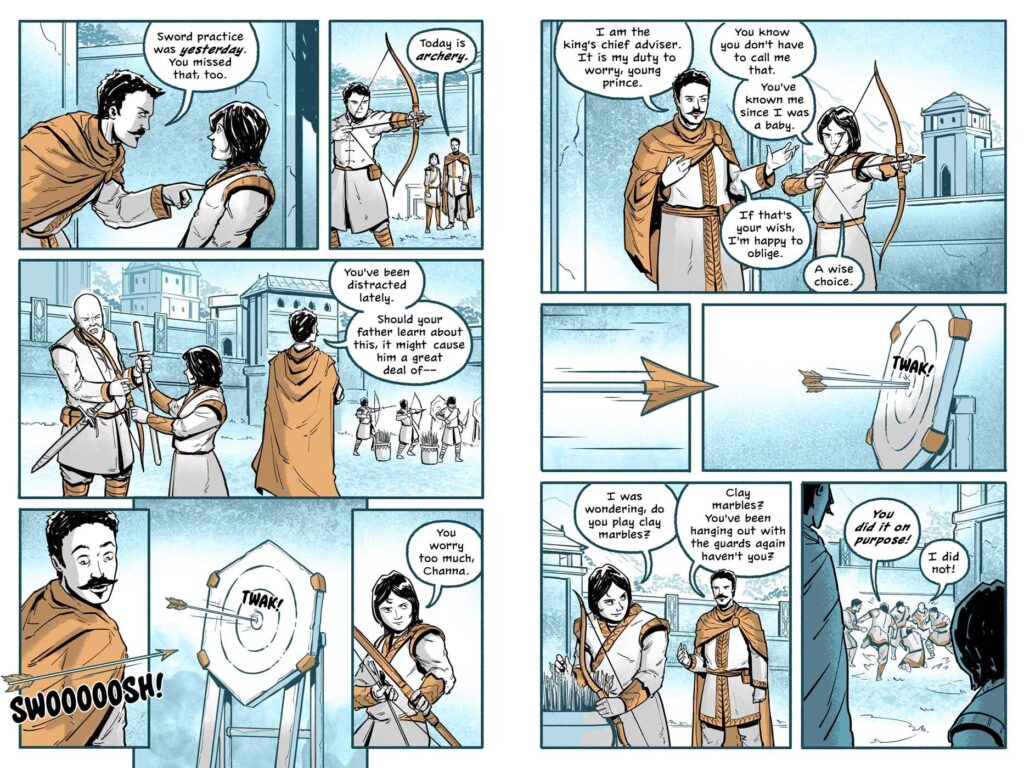
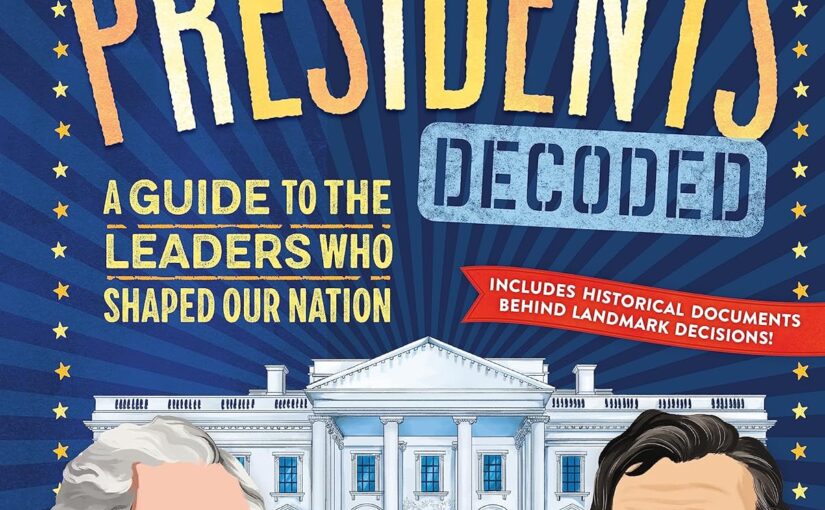
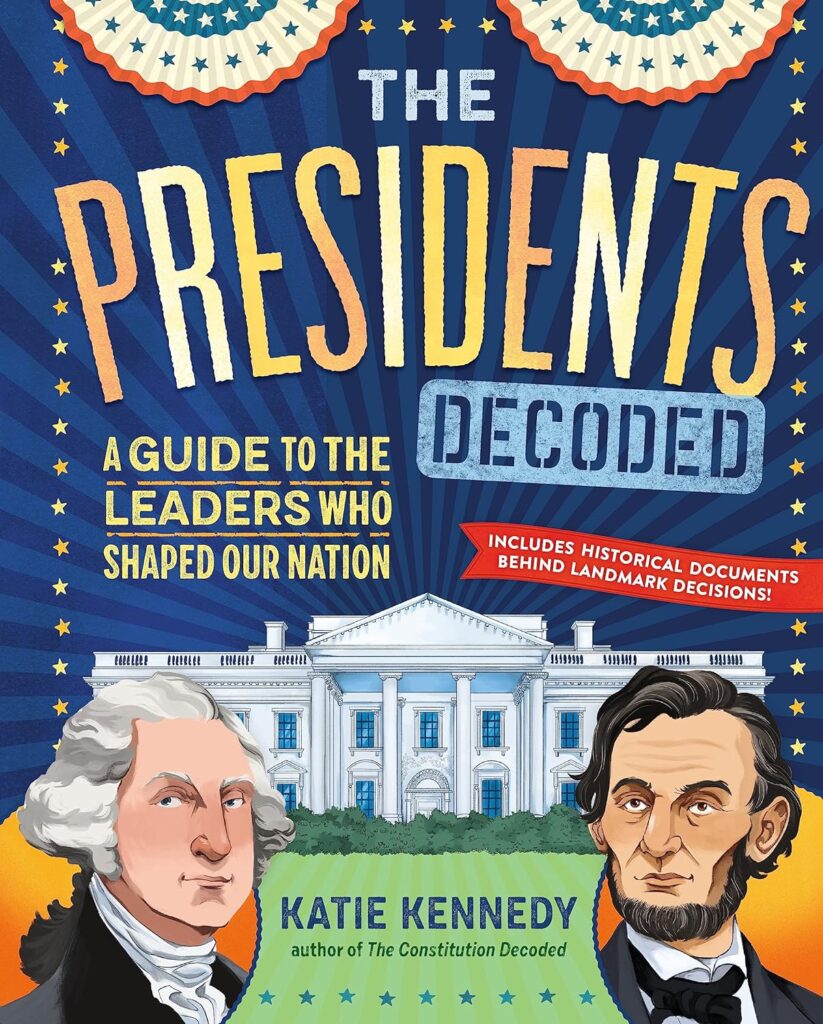


 Facebook
Facebook Twitter
Twitter Flickr
Flickr GooglePlus
GooglePlus Youtube
Youtube